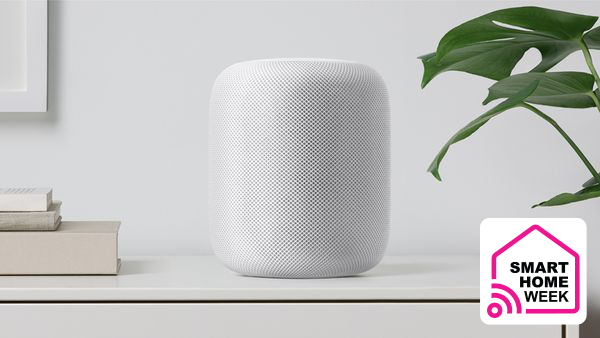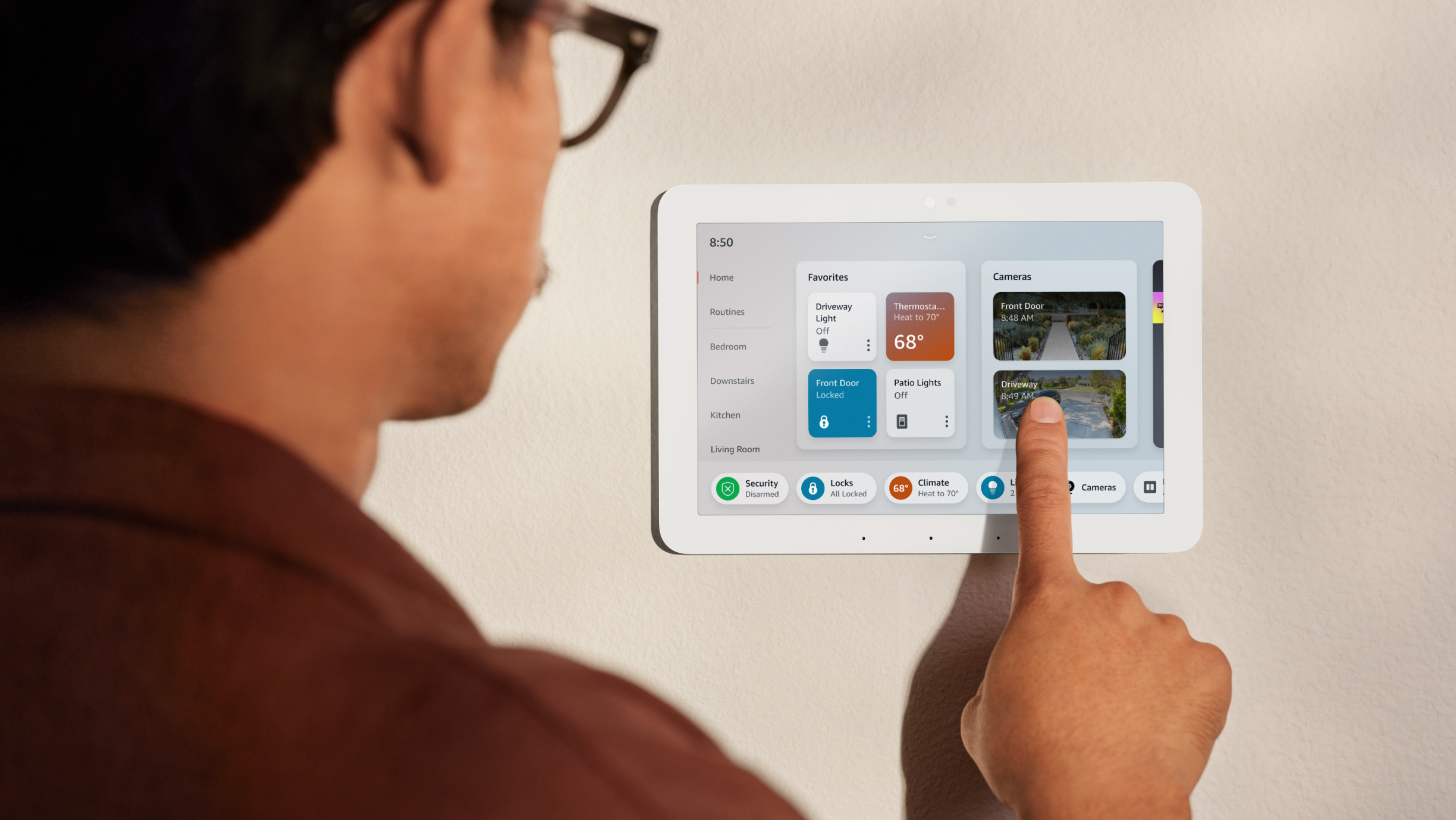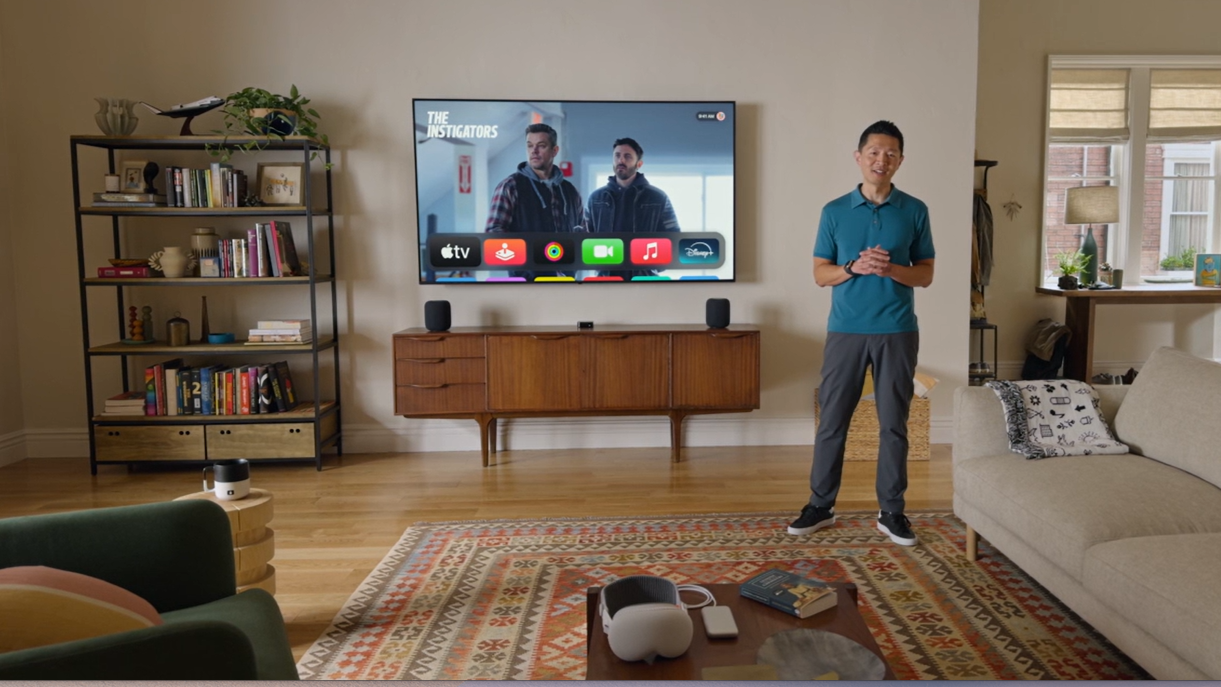
This article is part of TechRadar's Smart Home Week 2024, where we're giving you all the latest news, tips and tricks to help you make the smart home of your dreams.
Back in 2010, Steve Jobs described the Apple TV set-top box as “a hobby” for a company that instead saw its greatest successes with the iPod, iPhone and Mac. The first-generation iPad hadn’t even gone on sale at that point, and the idea of a streaming service like Apple TV+, or any form of Siri-controlled smart home, was entirely off the table. Siri didn’t even arrive until the following year.
A lot has changed since then, but the idea of Apple having hobby projects still rings true. It’s perhaps too early in the lifespan of the Vision Pro to determine what impact that will have, on Apple’s own business as much as the wider industry. But what about the HomePod? And what about Apple’s plans for the smart home more broadly?
The company’s first smart speaker arrived at a high price and did little to take the fight to Google’s Nest and Amazon’s Echo products before disappearing. Then along came the cheaper, smaller HomePod Mini and, a little while later, the HomePod 2. Compared to the seismic activity of the annual iPhone launch cycle, Apple’s smart speakers are barely a blip on the radar. Could a new product change that?
What if Apple made a smart display?

It's been rumored for some time, that Apple might expand its HomePod offering to include a smart display. The often-reliable Mark Gurman from Bloomberg stated as much back in January 2023, when he said Apple is “working on a slate of devices aimed at challenging Amazon and Google in the smart home market, including new displays”.
It was claimed such a device might follow the second-generation HomePod speaker, which landed just a few weeks later, in February 2023. Gurman suggested the new Apple product could be essentially a low-end iPad designed to be mounted on a wall and handle smart home controls – turn on the lights, adjust the thermostat, etc – plus integrate with FaceTime video calls.
Although nothing emerged in 2023, Gurman claimed again in February 2024 that “a HomePod with an iPad-like display is in the works,” but that it wouldn’t be available to buy any time soon. Although nothing is expected until at least 2025, he says Apple has been working on a device that combines the Apple TV, HomePod and FaceTime, as well as a HomePod speaker with a screen, and an iPad-like display designed to be attached magnetically to a wall.
However, Gurman admits he doesn’t believe Apple has made enough progress on these concepts to put them into imminent production, and he concedes what the rest of us already knew, that Apple “has been indecisive about what to do in the home for years”.
It doesn’t take much to imagine what an Apple smart display would look like. Amazon’s recently launched Echo Hub, pictured above, is almost precisely that – a wall-mountable, 8-inch touchscreen display with a user interface focused on controlling smart home products. Like a light switch on steroids, the Echo Hub can control the best smart lights, smart locks, smart thermostats, smart plugs, and home security systems, as well as show live video feeds from security cameras and video doorbells.
Would an Apple smart display be a best-seller?
Apple doesn’t tend to deal in low-selling products and is historically picky about which market segments it chooses to enter. It likes to stick to its guns, and once it has entered a market, it evolves over many years. The iPad has gradually morphed from a magazine replacement to a laptop replacement over its 13-year life, while the Apple Watch – the very definition of a niche when it arrived almost a decade ago – has evolved from a curious attempt at entering the fashion market to a health product first, and a watch that outsells Rolex second.
It’s too early to say what will become of the Vision Pro, and the headset market more generally, but we can say with some confidence that the HomePod isn’t among Apple’s best-sellers. It hasn’t been adopted at anywhere near the same rate as the iPhone and continues to linger in the ‘hobby’ portion of Apple’s portfolio.
Given Apple’s reluctance to really go after Amazon’s Alexa and Google’s Nest smart home platforms with its own HomeKit system, it seems unlikely that the iPhone maker will conquer the smart home market, or that it even wants to. It is similarly doubtful that a HomePod with an iPad stuck to its front will change that.
Could Apple dominate the smart home space?

The shelving of plans to design a car taught us that Apple is failable. It might have all the money in the world – to the tune of around $170 billion at the last count – but it still knows when to draw the line. Granted, a HomePod with a screen is a lot simpler than a car, but the smart home industry is incredibly complex. There are a lot of loose ends that even giants like Amazon and Google have struggled to tie up into one, cohesive platform.
Apple is a part of the Matter standard, which is hoped to improve interoperability issues across the smart home ecosystem, and it has slowly added support for new product categories to its Home app. Siri will soon be able to control robotic vacuum cleaners, for example. However, Apple selling its own smart light bulbs and plugs is, in all likelihood, out of the equation.
So, does Apple trust smart home device manufacturers enough to add them to the sort of UI that would appear on the rumored smart display? Does Apple want to see its customers frustrated by the display’s inability to control a rogue smart light bulb?
Siri failing to connect with a misbehaving light bulb is one thing, but a piece of Apple hardware failing to control your home, when that is its primary purpose, is another. Without that control – being unable to give bulletproof reassurance that every compatible smart home device will be manageable from the Apple smart display – I can’t see it happening.
A HomePod with a screen is a nice thought. Being an Apple product, it would undoubtedly look and feel fantastic. It would be a million miles (and several hundred dollars) away from the Amazon Echo Hub. But it isn’t the right product for a company that prides itself on simplicity; a company whose slogan used to be “It just works”.
Ultimately – and as anyone who's had to troubleshoot a misbehaving light bulb will tell you – the smart home ecosystem has too many variables for Apple to fully lean into it. For now, and for the foreseeable future, the home will remain a hobby.







